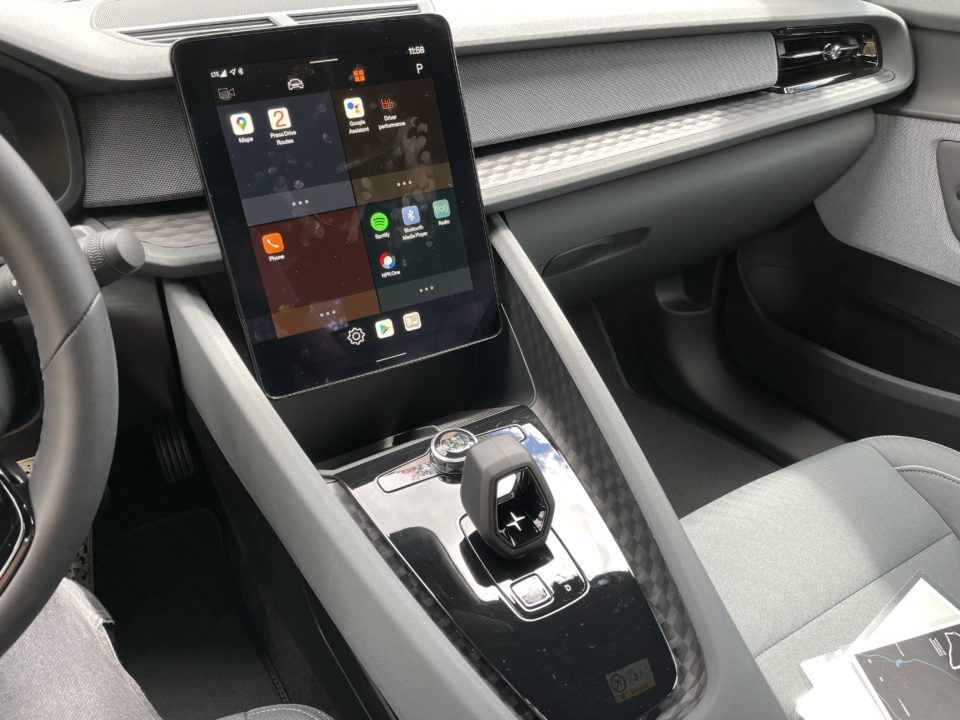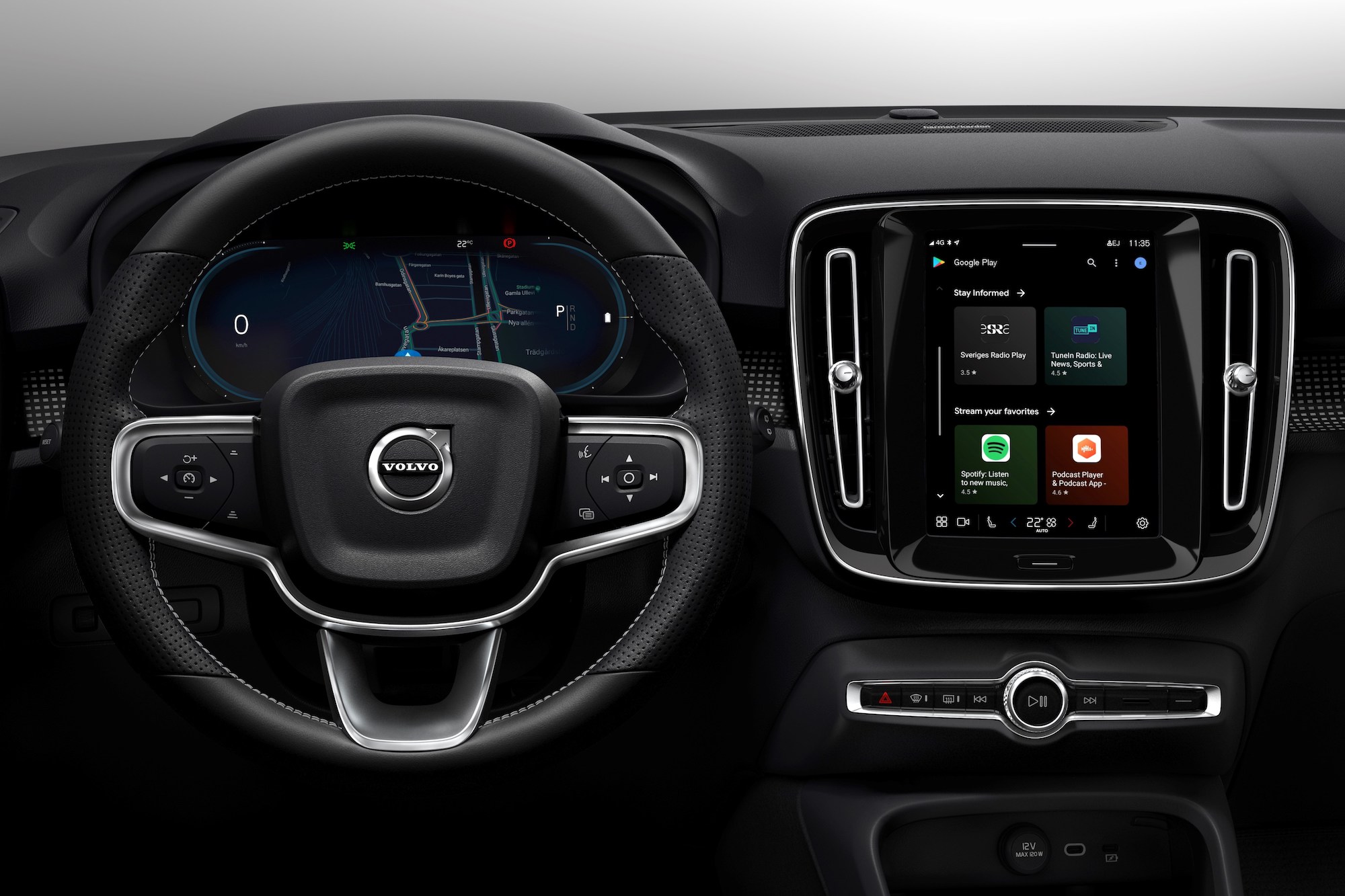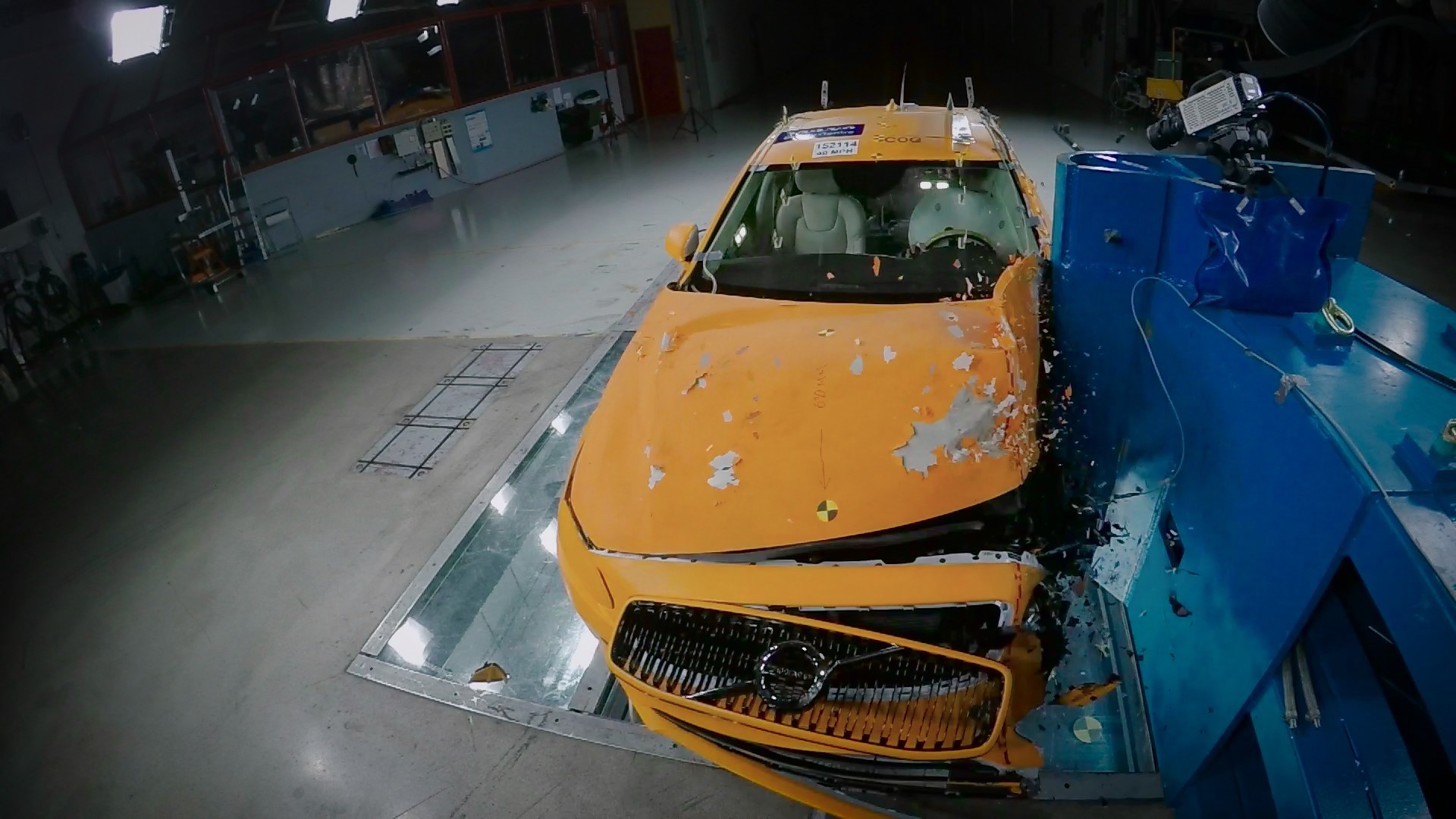Security in the modern Cars are no longer just a question of technology. It is a technological and design challenge that depends on sensors and software and depends on a clear and intuitive user experience for the driver.
So how does Volvo, a company that stands for safety, convince its customers of its innovative strength, future orientation and maneuverability without giving up its central safety message? At stake is: either Volvo will keep pace with the pace of change in this brave new world or risk its reputation as the most easily identified automaker.
Indications of how Volvo intends to hit this fast-paced, innovative, yet safe sweet spot can be found in its approach to going public – it goes the traditional IPO route – and its future vehicle plans. In contrast, its spin-off sibling Polestar is going public through a merger with a blank check company and has attempted to position itself as a nimble technology and design leader.
Polestar’s approach inadvertently helps to distinguish Volvo as the more cautious leader in safety matters. It also allows Volvo to differentiate, but with access to the latest innovations proven on Polestar models.
“I think what we’re seeing is an industry transformation like we did a while ago in the cellular industry, where new skills, new opportunities, new sensors are added, so I think it’s a really interesting area,” said Thomas Stovicek, UX manager at Volvo. “At the same time, it can mean a lot of complexity for the user. So when we talk about user experience, very often we are talking about ease of use for a customer and understanding of problems when it is brought into the vicinity of a car. “
But even a brand that is considered a pioneer when it comes to safety can have setbacks. Modern vehicle security extends beyond the car to the vast amounts of data required to operate these systems. Volvo announced on Friday that some of its research and development data stolen in a security breach. The company quickly responded to safety concerns in a statement: “Based on the information currently available, Volvo sees no impact on the safety of its customers’ cars or their personal data.”
Olaf versus Elsa
Polestar takes a different course when it comes to defining the corporate identity, Volvo is “safety and autonomy oriented”, while Polestar is “technology and performance oriented”. Volvo is also “safe and responsible” and Polestar is “sustainable and progressive”.
Polestar is cool and minimalist; Sitting in a Volvo is more like a warm safety blanket. To continue the Scandinavian metaphor, think of the plot of Frozen: Volvos exudes the calming appeal of Olaf, while Polestar is Frozen Elsa.
Volvo’s strategy was to proceed with caution, which runs counter to the development of its sister brand Polestar.
For example, although Volvo was involved in the development of the Android automotive operating system with Google, the Polestar brand first introduced the system and later made headlines such as “Polestar wants to build electric cars in a way that Volvo cannot. “
Polestar as a newcomer is still relatively small, sells around 10,000 vehicles annually to Volvo’s half a million and wants to make a name for itself.
“Polestar is and remains the technology leader for the larger corporation,” wrote a Polestar spokesman in an email. “A good example that’s already on the market is Google’s infotainment system: it first debuted on Polestar 2; Volvo then followed with the XC40 Recharge and now the XC60. You’ll see more of this in the years to come as new technologies hit the market – first Polestar, then Volvo. “
Credit: Kirsten Korosec
Relief of the load
Contrary to Polestar’s forward-looking message, when it comes to customer-centric technology, Volvo has shifted the driving experience to less-is-more. This system is also underpinned by the advent of Android Automotive OS.
Volvo wants the system to reduce the driver’s cognitive burden and is employing behavioral psychologists on its research team to understand how information differs from person to person.
“I think on an overarching principle we’re trying to simplify this complexity and make it available to users in a way,” says Stovicek. “You can do a lot more. Freedom from collision is something we are striving for and I think there are a lot of interesting things to do with the new functionality of the platforms. “
That means less ringing, buzzing, and distracting notifications unless they’re used to alert the driver of an emergency. A Volvo spokesperson said: “It’s not about hiding features per se, but rather simplifying the user experience and minimizing distractions for the driver.
Volvo Cars designs and develops everything to do with the person using it – not the technology – and strive for the most intuitive user experience possible. “
While screens have crept into cars, automakers have been throwing the kitchen sink into their infotainment controls for years. When Volvo first introduced the XC90, it was among the first automakers to make the screen standard with the older Sensus OS. The brand is now working to further distill the information it presents to the driver. They hired NVIDIA to collect anonymized safety data on inputs from lidar sensors, radar, and cameras that require graphics processing to improve their understanding.
All-electric Volvo XC40 introduces brand new infotainment system
On a recent trip in the Volvo XC60, I noticed that the infotainment screen was both simplified and brighter than the previous generation. I also noticed that the wireless charging system doesn’t start up that quickly. I had to open the settings to activate it. Less choice on the immediate screen is the opposite of new cars in the past decade.
For decades, Volvo has doubled its reputation for making the safest vehicles on the road. If Volvo makes claims about its safety record, it is a reputation earned through the company’s pioneering research and development.
In 1959 it was seat belts. In 1972 the rear-facing car seat, in 1978 a booster seat followed. In 1994, side impact protection was introduced. Collision avoidance followed in 2008, followed by pedestrian protection. That same year, Volvo set a goal that no one should be seriously injured in their cars. In 2021, the National Highway Traffic Safety Administration’s New Car Assessment Program awarded 11 Volvo vehicles a top safety rating.
Hands free
Car manufacturers are dealing with the desire of their customers to effectively bypass their on-board system with the least safe aspect of driving: the personal smartphone. Volvo is prioritizing ways to keep the devices away from consumers.
“Users used their mobile phones to use certain functions that we didn’t have in the car and that created an unsafe environment, and we wanted to avoid that,” said Annika Adolfsson, Deputy Head of UX & Event at Design Volvo Cars.
This solution was integrated with the Android automotive architecture to enable third party apps and a platform that can be used safely while driving.
Volvo has worked with the Android, Google Maps, Google Assistant and Google Play Stories teams and the results are presented in a simple, clean experience. “What is more interesting about the products we have developed is that it is a platform that will last a long time,” says Adolfsson.
Volvo is also future-proof by intervening as soon as the driver gets into the vehicle.
“We tried to think about how this experience of someone getting in the car for the first time and how we can help them,” said Adolfsson. “With our previous cars, you had to look for the settings.”
safety first
Volvo S90 crash test with small overlap Photo credit: Volvo
Far too often examples come up showing that security and technological advancement do not always match, especially when it comes to human judgment.
It gets sticky here. Look for “Tesla and Self-Driving Accident”. Despite Tesla’s reputation for taking risks, it hasn’t detracted from the company’s astronomical worth. (It’s worth noting that Tesla still earns high marks for the Model 3’s crash safety.)
Tesla and Volvo, like all automakers, are in a sprint to incorporate more ADAS functionality into future products in order to be on the cutting edge. However, the integration of new technologies is not always in line with consumer confidence and a general sense of security.
Only one in ten drivers would feel comfortable in a fully autonomous vehicle, like this current study by the AAA Foundation for Traffic Safety.
On his websiteSays Volvo: “Recent consumer surveys show that Volvo is the automaker most trusted when it comes to safely adopting autonomy.” The company writes that it is a few years away from a fully autonomous vehicle.
What Volvo is counting on is that it can convince its customers that it can be both early to self-driving systems and safer than ever, while at the same time convincing consumers that it can be a leading manufacturer of electric vehicles. To get there, it takes caution with good reason.
With this thinking, of course, the question arises: Why does technology that ultimately makes the roads safer should be called tech first? It’s an interesting puzzle what it means to play it safe.


